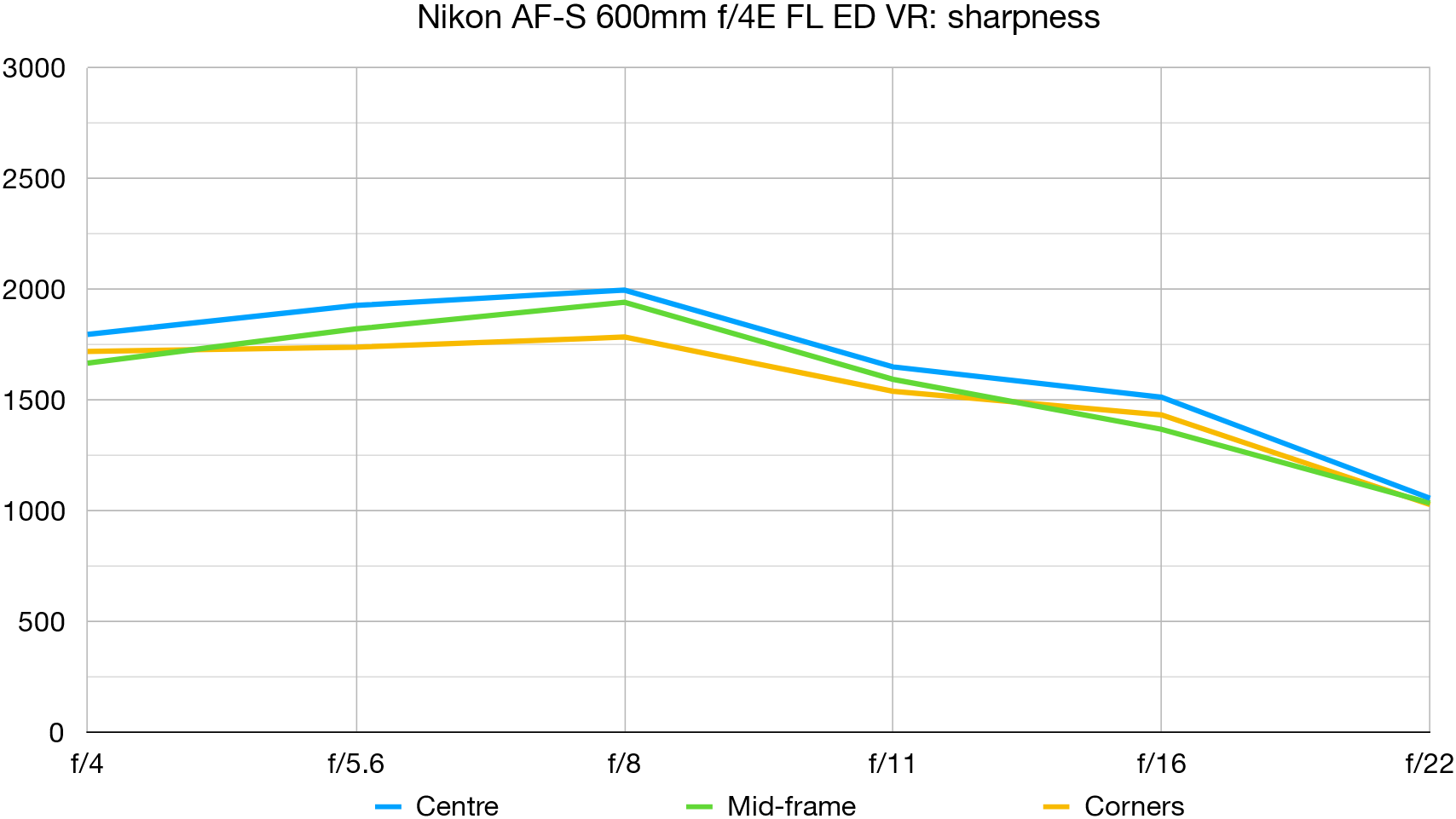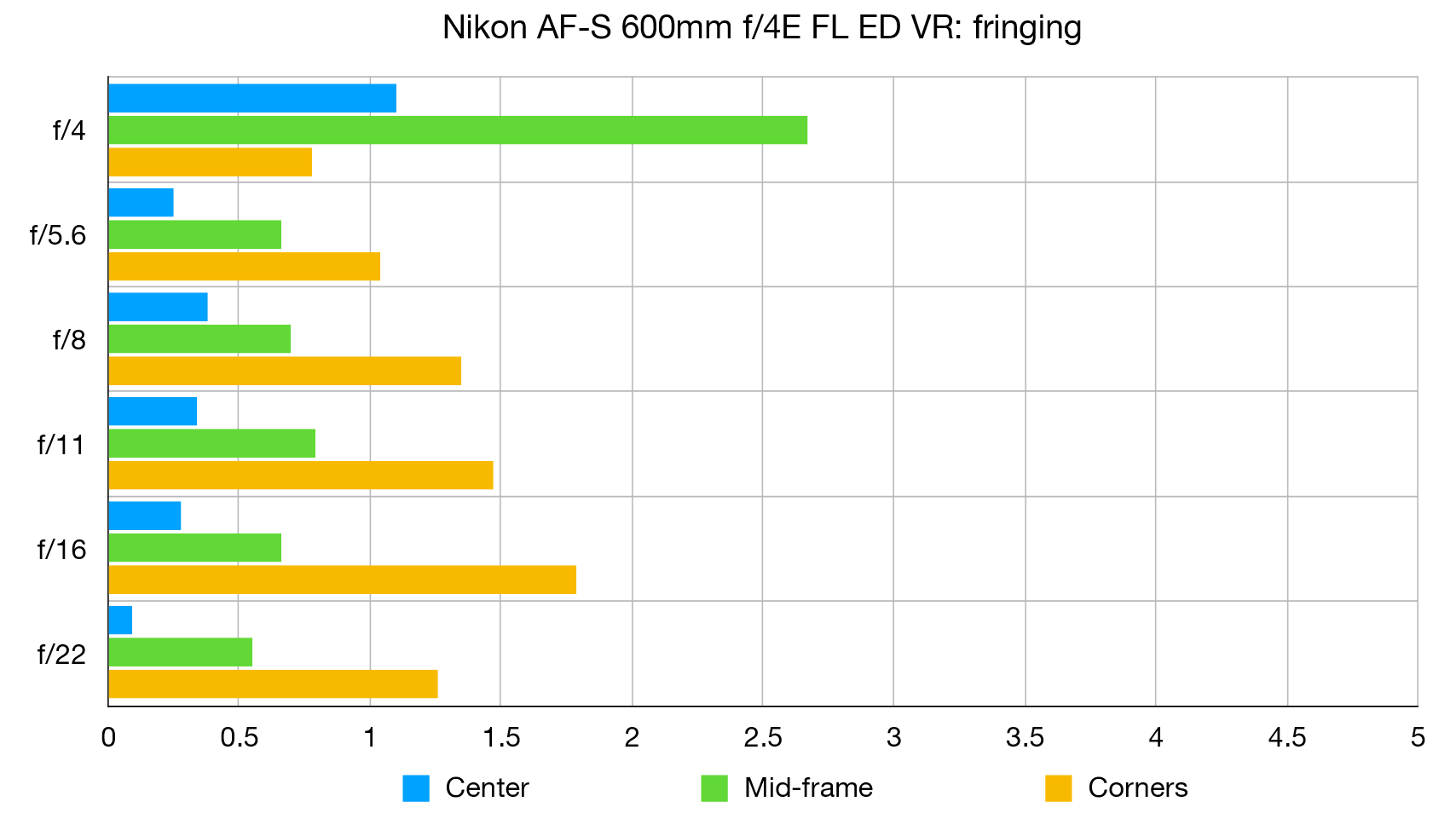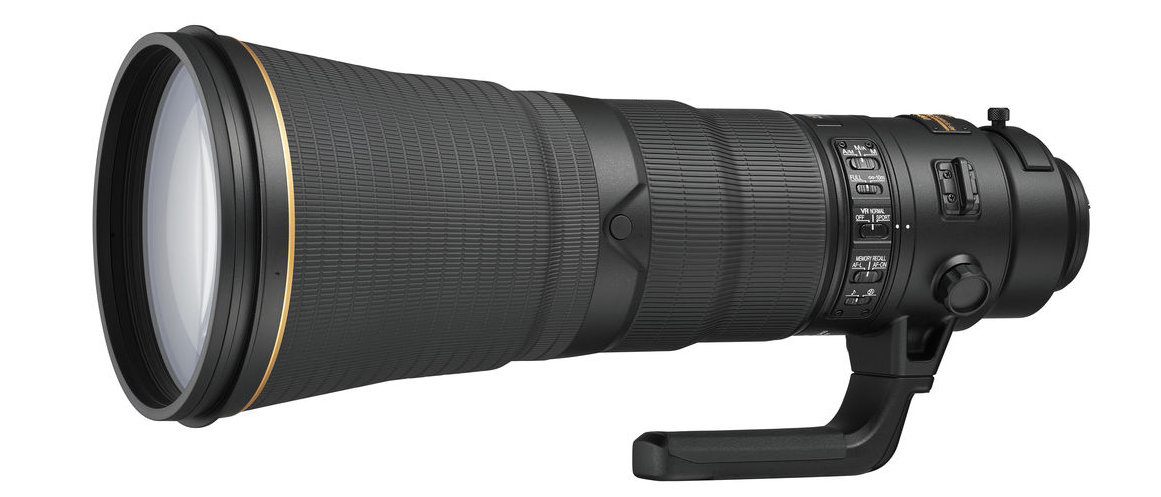Digital Camera World Verdict
Typical of Nikon’s fully pro-grade, fast super-tele prime lenses, this one is beautifully built and impeccably turned out. A key upgrade over the preceding model is that the ‘FL’ lens features fluorite glass, which helps to shed about 25 per cent of the weight. Even so, it’s not a lens to be taken lightly, weighing in a nearly 4kg and with an equally hefty price tag. Superb handling, image quality and overall performance make it worth the weight and the cost.
Pros
- +
Superb image quality
- +
Super-fast autofocus
- +
Effective optical VR
Cons
- -
Very expensive to buy
- -
Although lighter, it’s still a weighty proposition
Why you can trust Digital Camera World
Launched back in 2015, before full-frame digital cameras were even a twinkle in Nikon’s eye, the Nikon AF-S 600mm f/4E FL ED VR followed hot on the heels of the AF-S 400mm f/2.8E FL ED VR. Nikon subsequently launched a redesigned 500mm and this 600mm lens, with a practically identical set of upgrades. All three lenses now sport fluorite elements towards the front, which shed weight while retaining optimum image quality. At 3.81kg, this 600mm is an almost identical weight to the 400mm f/2.8 lens, but marginally wider and 74mm longer, measuring 166x432mm. It’s also some 25 per cent lighter than Nikon’s preceding 600mm. The loss of 1.25kg is immediately obvious and enables easier handling, especially as the balance is shifted away from the front of the lens. Handheld shooting is more within the realms of possibility.
Specifications
Mount: Nikon F
Full-frame: Yes
Autofocus: Yes
Stabilization: Yes
Lens construction: 16 elements in 12 groups
Angle of view: 4.2 degrees
Diaphragm blades: 9
Minimum aperture: f/22
Minimum focusing distance: 4.4m
Maximum magnification ratio: 0.14x
Filter size: 40.5mm drop-in
Dimensions: 166x432mm
Weight: 3,810g
Key features
The sophisticated control layout makes advanced settings easily accessible, like A/M, M/A and M focusing, the first two enabling autofocus modes with auto or manual priority. VR (Vibration Reduction) options include normal and ‘sport’ modes, the latter delivering a more stable viewfinder image during action photography and avoiding a slowdown in continuous drive shooting.
VR works really well, giving a full four-stop advantage in our tests. Other finery includes a focus range limiter switch and four autofocus buttons towards the front of the lens, which can be assigned to AF-L (lock), AF-On or Memory Recall, the last of these working with a separate rear-mounted button to apply a focus distance preset. An audible confirmation beep can be turned on or off.
The weather-sealed magnesium alloy shell plays host to 16 elements in 12 groups, including four ED (Extra-low Dispersion) elements and two fluorite elements. Nano Crystal Coat reduces ghosting and flare, and the front element has a water and muck-repellent fluorine coating. The diaphragm is electromagnetically controlled, to ensure greater accuracy and consistency in fast bursts of continuous shooting.
The lens comes complete with a mounting collar and tripod foot. A shorter monopod foot is also supplied, along with a carbon-fiber lens hood, carrying strap and hard case.
Performance
Autofocus is amazingly rapid, despite a long travel for the focus ring that enables very precise manual adjustments. In our tests, sharpness and sharpness proved excellent at all aperture settings. All other aspects of image quality and performance are very impressive. Overall, it’s a superb super-telephoto prime, even if it does come with an eye-watering price tag.
Lab results
We run a range of lab tests under controlled conditions, using the Imatest Master testing suite. Photos of test charts are taken across the range of apertures and zooms (where available), then analyzed for sharpness, distortion and chromatic aberrations.
We use Imatest SFR (spatial frequency response) charts and analysis software to plot lens resolution at the center of the image frame, corners and mid-point distances, across the range of aperture settings and, with zoom lenses, at four different focal lengths. The tests also measure distortion and color fringing (chromatic aberration).
Sharpness:

Levels of sharpness are excellent across the entire image frame, even when shooting wide-open at f/4. Sharpness only really drops off noticeably at f/22, due to diffraction, which is common to pretty much all lenses.
Fringing:

Color fringing is pretty minimal at all apertures, even at the extreme corners of the image frame, and easily within the remit of automatic correction featured in all recent and current Nikon cameras.
Distortion: 0.47
There’s just the merest hint of pincushion distortion but it’s of such a low order that it’s almost impossible to spot in real-world shots.
Verdict
Typical of Nikon’s fully pro-grade, fast super-tele prime lenses, this one is beautifully built and impeccably turned out. A key upgrade over the preceding model is that the ‘FL’ lens features fluorite glass, which helps to shed about 25 per cent of the weight. Even so, it’s not a lens to be taken lightly, weighing in a nearly 4kg and with an equally hefty price tag. Superb handling, image quality and overall performance make it worth the weight and the cost.
Read more:
• Best camera lenses to get
• Best Canon lenses
• Best Nikon lenses
• Best Sony lenses
Matthew Richards is a photographer and journalist who has spent years using and reviewing all manner of photo gear. He is Digital Camera World's principal lens reviewer – and has tested more primes and zooms than most people have had hot dinners!
His expertise with equipment doesn’t end there, though. He is also an encyclopedia when it comes to all manner of cameras, camera holsters and bags, flashguns, tripods and heads, printers, papers and inks, and just about anything imaging-related.
In an earlier life he was a broadcast engineer at the BBC, as well as a former editor of PC Guide.


